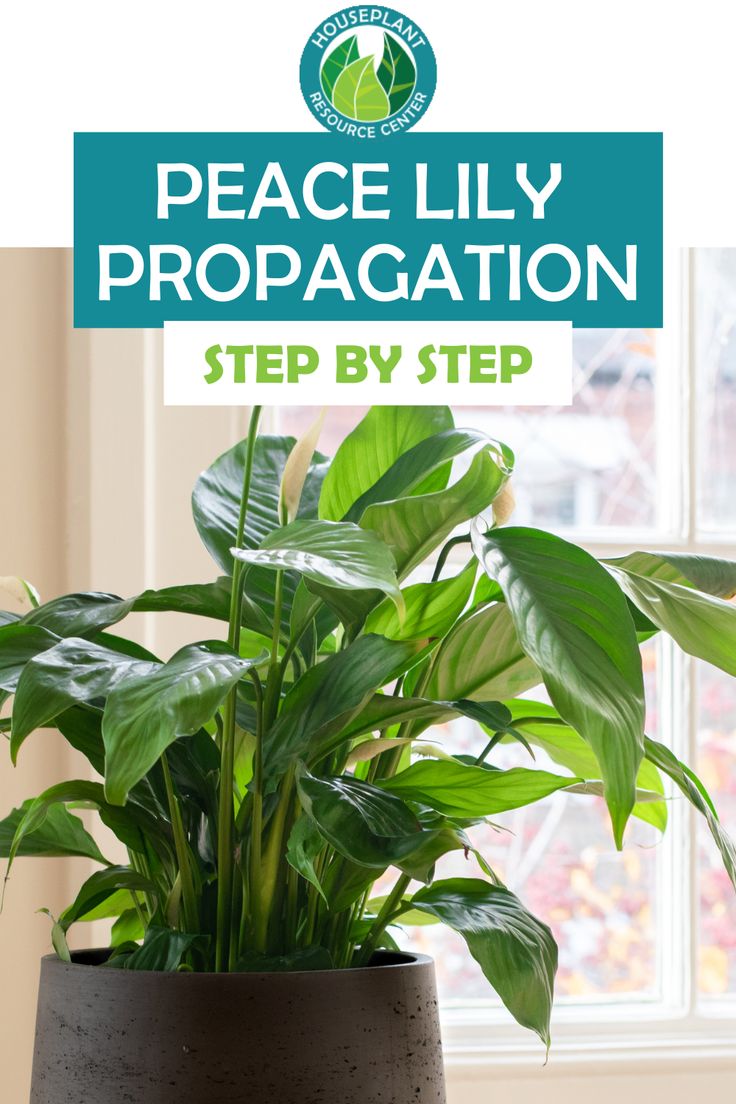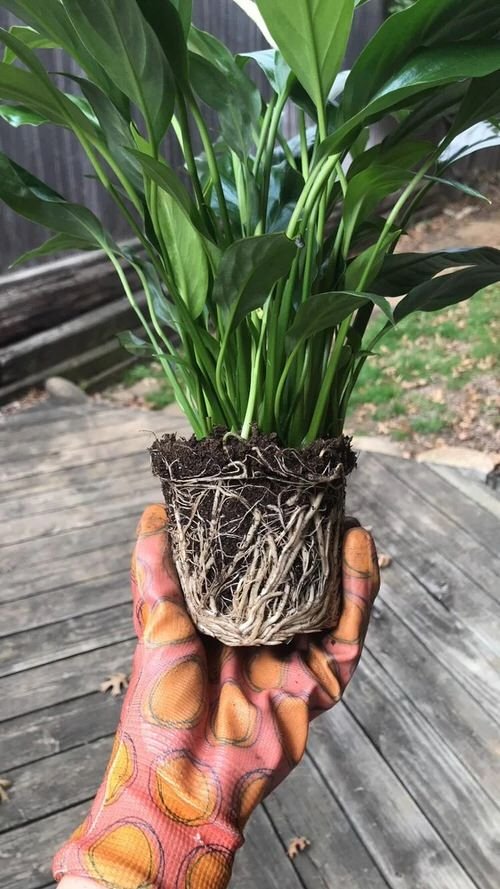Why Transplant Your Peace Lily?
Transplanting a peace lily plant is a crucial step in maintaining its health and promoting continued growth. As the plant grows, it eventually outgrows its container, requiring a larger pot to accommodate its expanding roots and foliage. Failing to transplant can lead to nutrient depletion, pest infestations, and stunted growth. Some common indicators that it’s time to transplant your peace lily include slow growth, yellowing leaves, and waterlogged soil. If you’re wondering how to transplant peace lily plant, understanding the reasons behind transplanting is essential for a successful transition. By recognizing the signs of a pot-bound peace lily, you can take proactive measures to provide your plant with the necessary room to thrive.
Choosing the Right Time to Transplant
Timing is crucial when it comes to transplanting a peace lily plant. To ensure a successful transition, it’s essential to consider the plant’s growth cycle, weather conditions, and soil preparation. The best time to transplant a peace lily is during the spring or summer months when the plant is actively growing. This allows the plant to establish itself in its new container before the dormant season. Avoid transplanting during extreme weather conditions, such as intense heat or cold, as this can cause stress to the plant. Additionally, prepare the soil by loosening it to a depth of 12-18 inches to promote healthy root growth. By choosing the right time to transplant, you can minimize shock and ensure a smooth transition for your peace lily plant. When learning how to transplant peace lily plant, understanding the optimal timing is vital for a successful outcome.
Preparing the New Container and Soil
When it comes to transplanting a peace lily plant, selecting the right container and soil is crucial for its success. The new container should be only 1-2 sizes larger than the current one to prevent the soil from becoming too wet. Choose a container with good drainage holes to prevent waterlogged soil, which can lead to root rot. Consider using a container made of a breathable material, such as terra cotta or ceramic, to promote healthy root growth. In terms of soil, a well-draining potting mix specifically designed for peace lilies is essential. This type of mix will contain ingredients such as perlite, vermiculite, or sand to improve drainage and prevent waterlogging. Avoid using regular potting soil, as it can retain too much water and cause root rot. By preparing the right container and soil, you’ll be well on your way to learning how to transplant peace lily plant successfully.
The Transplanting Process: A Step-by-Step Guide
Now that you’ve prepared the new container and soil, it’s time to transplant your peace lily plant. This process requires care and attention to detail to ensure the plant’s roots are not damaged. Start by gently removing the plant from its pot, taking care not to disturb the roots. If the plant is stuck, gently rock the pot back and forth to loosen the soil. Once the plant is out of the pot, inspect the roots to see if they’ve become pot-bound. If they have, gently tease them apart with your fingers or a blunt instrument to encourage new growth. Next, place the plant in the new container, adding or removing soil as necessary to ensure the plant is at the same depth as it was previously. Fill in the gaps around the roots with the prepared potting mix, gently firming it in place as you go. Finally, water the plant thoroughly to settle the soil and provide enough moisture to support establishment. By following these steps, you’ll be well on your way to learning how to transplant peace lily plant successfully.
Post-Transplant Care: Tips for a Smooth Recovery
After transplanting your peace lily plant, it’s essential to provide proper care to ensure a smooth recovery. Watering is crucial, as the plant needs consistent moisture to establish itself in its new environment. Water your peace lily plant thoroughly, making sure the soil is moist but not waterlogged. It’s also a good idea to fertilize your peace lily plant with a balanced, water-soluble fertilizer to provide essential nutrients for growth. Pruning is another important aspect of post-transplant care, as it helps to promote healthy growth and encourages the plant to focus its energy on developing strong roots. Remove any dead or damaged leaves or stems, and trim back the plant to encourage bushy growth. By following these tips, you’ll be well on your way to learning how to transplant peace lily plant successfully and ensuring your plant recovers quickly and thrives in its new environment. Remember, proper post-transplant care is critical to the success of the transplanting process, so be sure to monitor your plant’s progress closely and make adjustments as needed.
Common Mistakes to Avoid When Transplanting Peace Lilies
When it comes to transplanting a peace lily plant, there are several common mistakes to avoid to ensure a successful transition. One of the most critical mistakes is over-handling the roots, which can cause damage and lead to transplant shock. It’s essential to handle the roots gently and minimize disturbance to the root system. Another common mistake is using the wrong soil, which can lead to nutrient deficiencies and poor drainage. Make sure to choose a well-draining potting mix specifically designed for peace lilies to provide the necessary nutrients for healthy growth. Neglecting to water properly is also a common mistake, which can cause the plant to become stressed and vulnerable to disease. Water your peace lily plant thoroughly after transplanting, and continue to monitor its watering needs to ensure it receives the right amount of moisture. By avoiding these common mistakes, you can increase the chances of a successful transplant and ensure your peace lily plant thrives in its new environment. Remember, learning how to transplant peace lily plant requires attention to detail and careful planning to avoid common pitfalls.
Signs of Success: How to Monitor Your Peace Lily’s Progress
After transplanting your peace lily plant, it’s essential to monitor its progress to ensure a successful recovery. One of the most significant signs of success is new growth, such as fresh leaves or stems. This indicates that the plant is adapting to its new environment and is receiving the necessary nutrients. Another sign of success is the plant’s ability to maintain its vibrant green color and avoid yellowing or browning leaves. Additionally, a peace lily plant that is thriving will produce fragrant white blooms, which are a clear indication of its overall health. On the other hand, it’s also important to watch out for potential issues, such as overwatering or underwatering, which can lead to root rot or leaf drop. By monitoring your peace lily plant’s progress and addressing any issues promptly, you can ensure a successful transplant and enjoy the many benefits of having a thriving peace lily plant in your home or office. Remember, learning how to transplant peace lily plant requires patience and attention to detail, but the rewards are well worth the effort.
Conclusion: Giving Your Peace Lily a Fresh Start
By following the steps outlined in this guide, you can successfully transplant your peace lily plant and give it a fresh start. Remember, learning how to transplant peace lily plant requires attention to detail and careful planning, but the rewards are well worth the effort. With proper transplanting techniques and post-transplant care, your peace lily plant will thrive and continue to bring beauty and elegance to your space. Don’t be discouraged if you encounter setbacks or mistakes along the way – every opportunity to learn and improve is a step closer to becoming a skilled plant parent. By providing your peace lily plant with the right environment and care, you can enjoy its many benefits, from air purification to aesthetic appeal. So, take the first step today and give your peace lily plant the fresh start it deserves. With patience, practice, and the right guidance, you can master the art of how to transplant peace lily plant and enjoy a lifetime of beautiful blooms and healthy growth.









